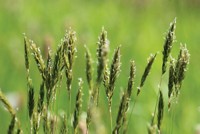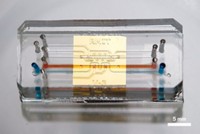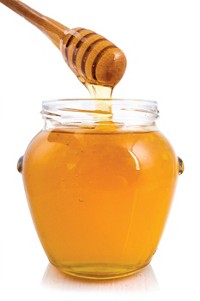Advertisement
Grab your lab coat. Let's get started
Welcome!
Welcome!
Create an account below to get 6 C&EN articles per month, receive newsletters and more - all free.
It seems this is your first time logging in online. Please enter the following information to continue.
As an ACS member you automatically get access to this site. All we need is few more details to create your reading experience.
Not you? Sign in with a different account.
Not you? Sign in with a different account.
ERROR 1
ERROR 1
ERROR 2
ERROR 2
ERROR 2
ERROR 2
ERROR 2
Password and Confirm password must match.
If you have an ACS member number, please enter it here so we can link this account to your membership. (optional)
ERROR 2
ACS values your privacy. By submitting your information, you are gaining access to C&EN and subscribing to our weekly newsletter. We use the information you provide to make your reading experience better, and we will never sell your data to third party members.
Analytical Chemistry
Raman Technique Helps Evaluate Pollen
Spectroscopy method could aid allergy sufferers with real-time assessment of air quality
by Sophie L. Rovner
January 5, 2009
| A version of this story appeared in
Volume 87, Issue 1
Pollen counts and subsequent allergy warnings are currently based on visual identification of pollen grains examined under a microscope. This painstaking technique is not particularly helpful for allergy sufferers who react to one kind of pollen but not another and would prefer to know more quickly what type of pollen is airborne at a given time. Janina Kneipp of Humboldt University of Berlin, in Germany, and colleagues have found a way to speed up pollen identification by using a Raman spectroscopy technique that could make real-time, automated pollen analysis and warnings feasible (Anal. Chem. 2008, 80, 9551). The researchers collected Raman spectra of pollen from 15 tree species. The spectrum of each pollen sample consists of superimposed signals from a variety of biomolecules, such as nucleic acids, lipids, and proteins. Together, those signals provide a chemical signature for each type of pollen. The researchers showed that the technique can quickly distinguish pollen grains from maple, birch, and other trees.





Join the conversation
Contact the reporter
Submit a Letter to the Editor for publication
Engage with us on Twitter